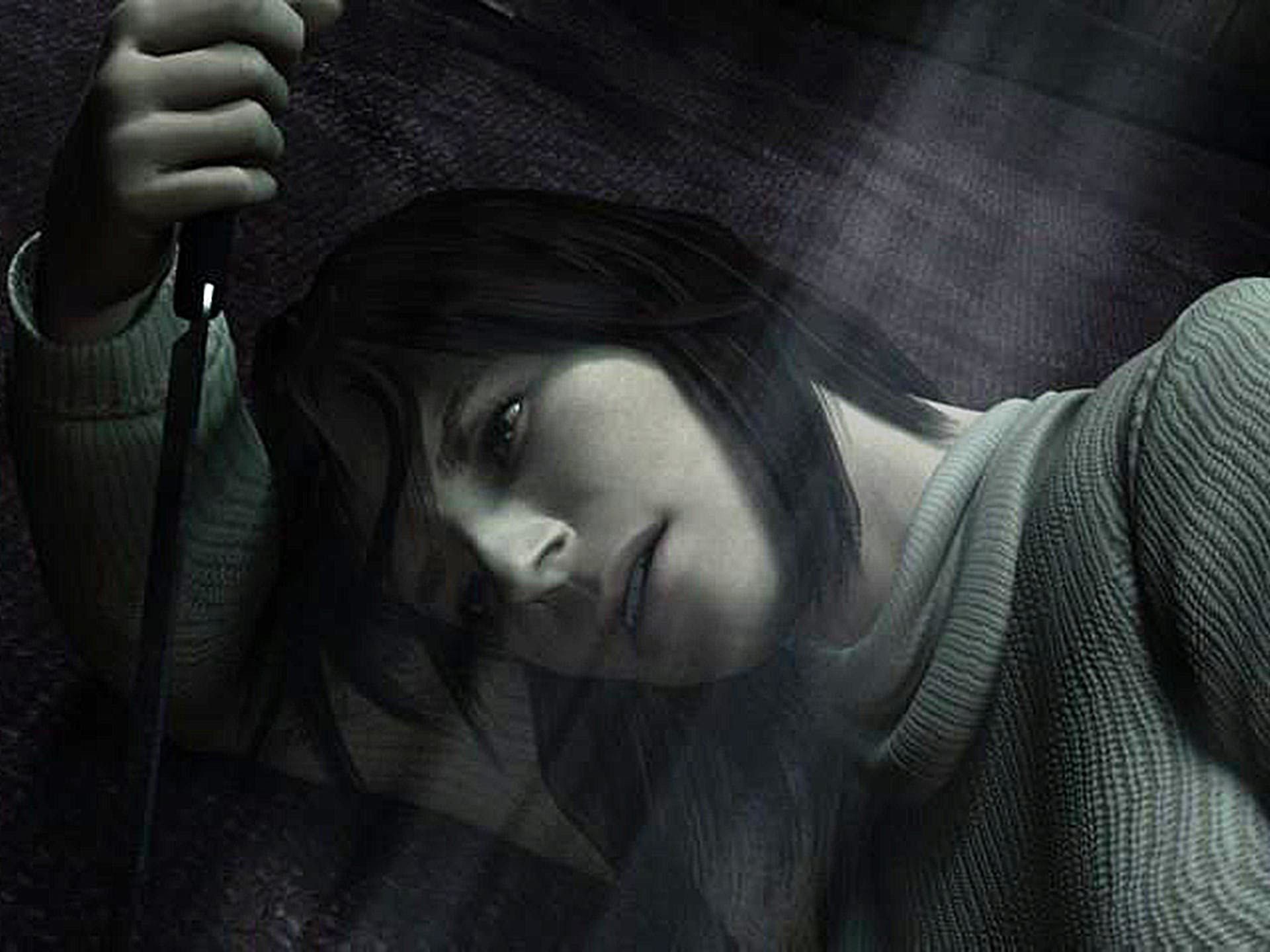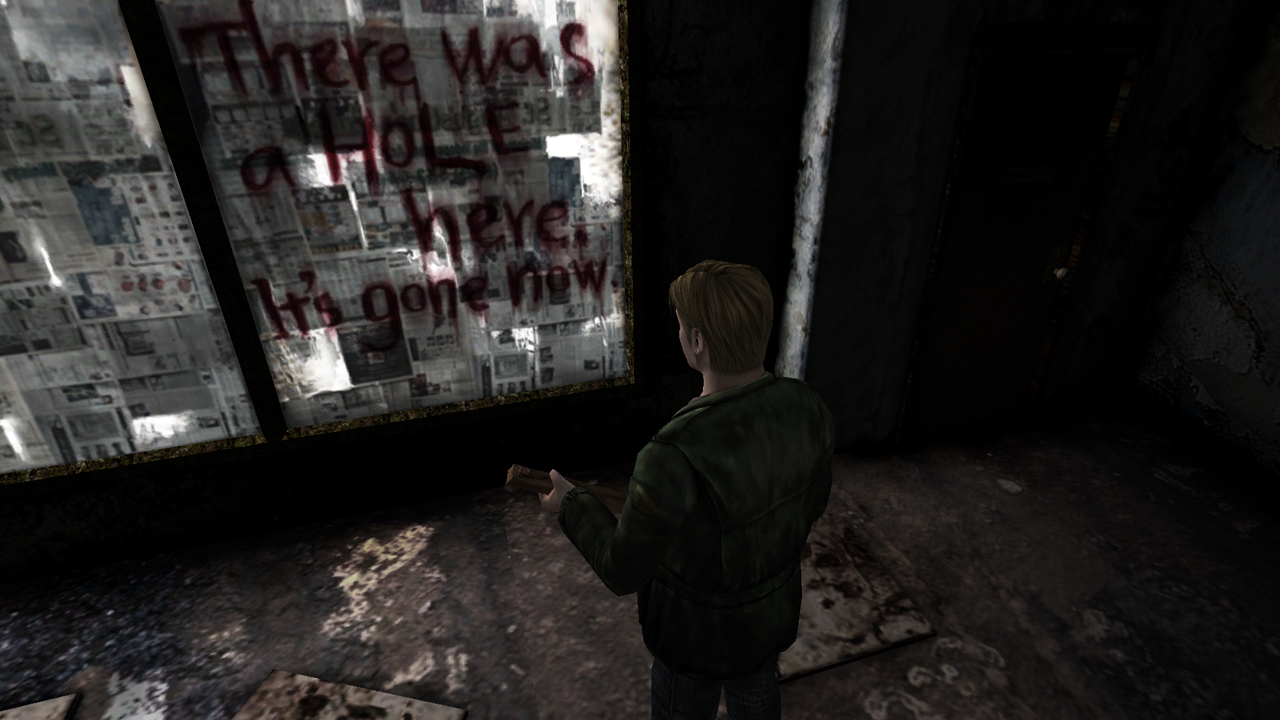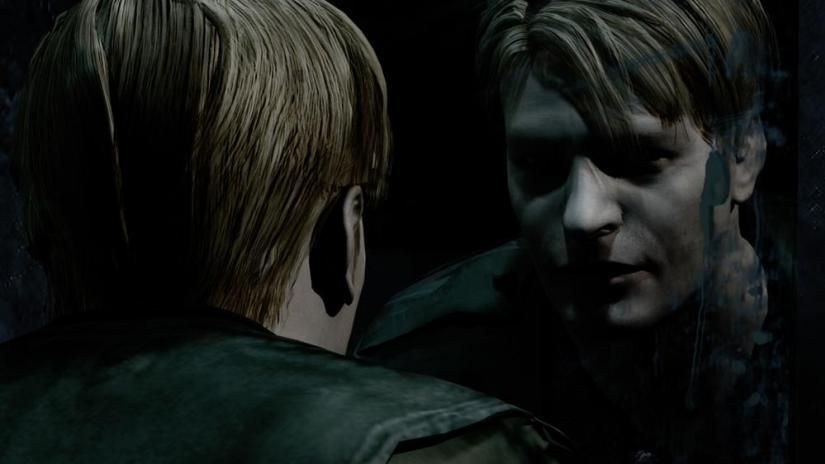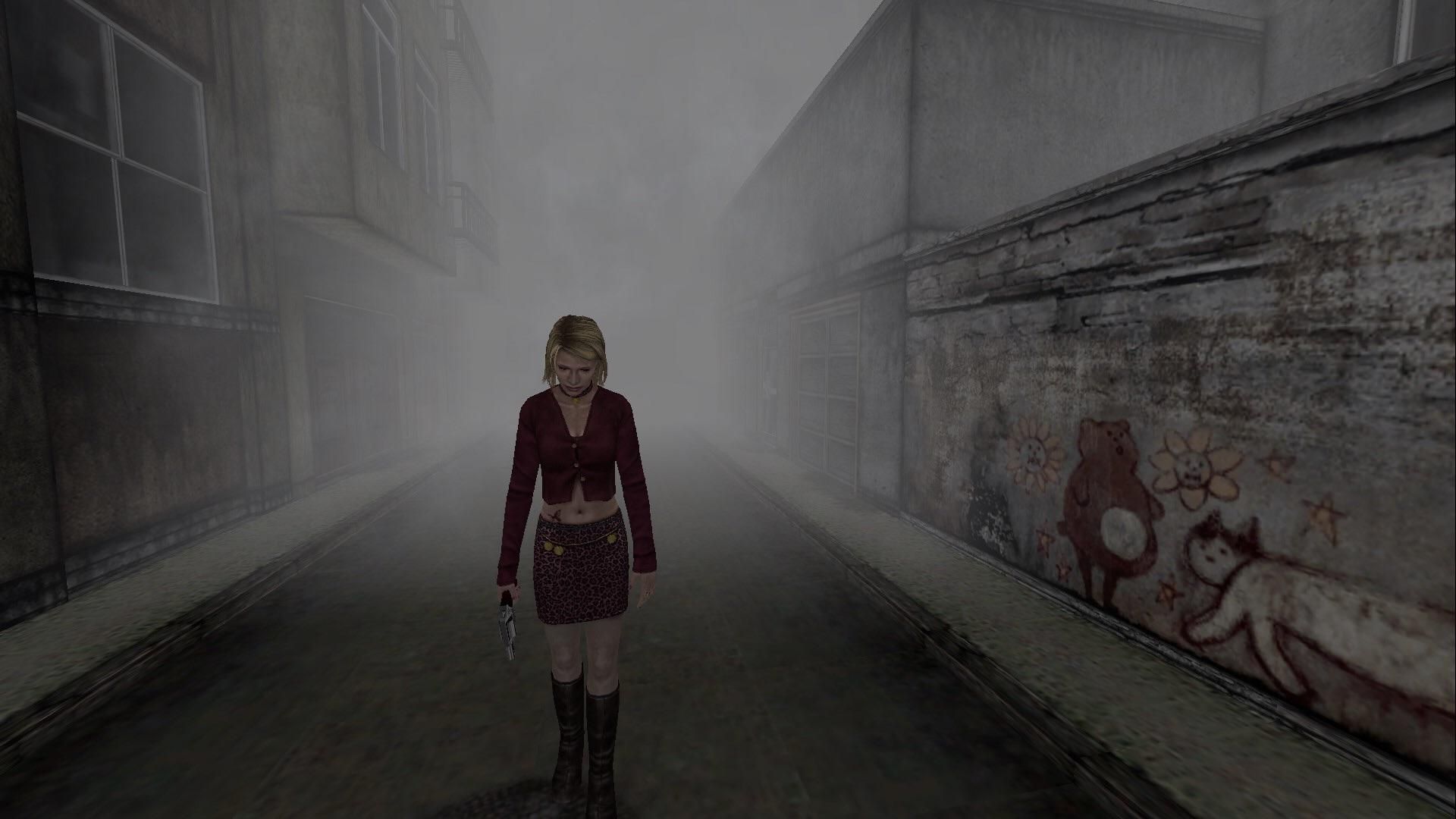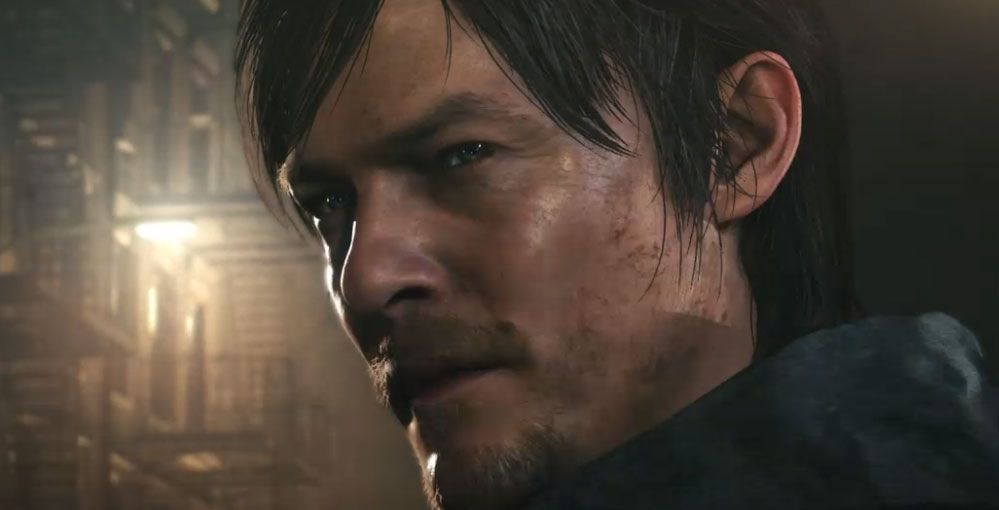One of my on-brand Halloween activities every year is (like most of you probably reading this) to sit down and replay some of my favorite horror-themed games. I’ve always had a penchant for survival horror or spooky-themed games in general, and I was elated when I found out that Hideo Kojima would be reviving my personal favorite series in the genre, Silent Hill. But much to my chagrin, we all know the route that went, thus I am left to enjoy the flagship titles in the series, and to forever ponder what Mr. Kojima could have brought to the table for my beloved franchise (Sigh It would have been amazing…).
Fortunately, the first four games (I have not played any entry beyond this) have held up quite well over time and are absolutely worth a play-through, or a revisit in general if you’re looking for a more subdued, psychological horror experience. (I would advise playing the original iterations of the game where possible, and not the HD remake, with it’s rampant quality issues, however...)
[pullquote]"The original Silent Hill set the stage for my personal favorite entry in the series, Silent Hill 2."[/pullquote]
Survival-horror seemed to truly take off during the original PlayStation era. With titles like Clock Tower finally reaching Western audiences, and the first entries of Silent Hill and Resident Evil being released, these dark games solidified the genre, and inspired a consistent new wave of titles dealing with the macabre. While I am a fan of all three series, Silent Hill appealed to my personal taste the most—a more subdued, psychological type of horror unique to each individual character. The original game, which is now twenty years old as of this year, set a stellar backdrop & tone for every subsequent game in the series.
While on a drive with his daughter, protagonist Harry Mason swerves his car to avoid hitting a girl in the road and crashes. Upon coming out of his unconscious state, he realizes that his daughter, Cheryl, is missing and sets out to search for her in the town of Silent Hill. Harry begins to realize that the car accident was no mishap in the sense that Cheryl (whom Harry adopted) was always meant to return to Silent Hill, and sinister events pertaining to her origin and cult activity within the town begin to unfold around him as he continues his search.
The original Silent Hill set the stage for my personal favorite entry in the series, Silent Hill 2. The cult activity stemming from the game’s iconic setting saturates the tone in which the game begins, and expands away from the original cast—introducing players to a new group of characters whose perception of the town varies from person to person. With significant upgrades to the graphics as the series moved to the PlayStation 2, introducing iconic new monstrous creations such as Pyramid Head, and further refining previous ones (like the infamous nurses), Silent Hill entered its prime with its sequel.
Survival-horror began to move into a more action-oriented framework around this time (from over-equipping players with weaponry), and moving away from subtle, quiet nuances of fear-building in favor of zombie hordes and over-the-top enemy designs. This is what truly set the series apart for me, and why I’ve frequently found myself going back to replay these games for the experience alone.
[pullquote]"Silent Hill 2 distinctly depicts many of these fears in a highly unifying way, while adding a further layer of intrigue to how they manifest from the subconscious mind."[/pullquote]
In Silent Hill, we learn that cult activity and depravity has permanently altered the fabric of reality within the town, and Silent Hill 2 explores the more complex and specified nature of that. Our protagonist, James Sunderland, returns to Silent Hill upon receiving a letter from his wife to meet him there—who also happens to be deceased. Upon his revisit to Silent Hill, he meets quite the cast of characters, each of which we discover are having very different experiences from one another. One of the most poignant impressions that the game had on me was how well it unified the nature of fear across cultures. Eastern and Western audiences have different fears from one another culturally, with some degree of overlap in a broad, universal sense. Silent Hill 2 distinctly depicts many of these fears in a highly unifying way, while adding a further layer of intrigue to how they manifest from the subconscious mind.
For James Sunderland, it’s his own inability to cope with his wife’s death, and the fact that he’s deluded himself into forgetting that he was ultimately responsible for this gruesome act. James’ wife, Mary, had been terminally ill, and thus unable to live the life that she and James envisioned for themselves prior. Mary, unable to cope with her own fear of mortality, had become rather cruel and aloof to James at times. This purely stems from the brutal fact that her time left was extremely limited, and how she handled her own emotional pain. Upon returning to Silent Hill, James meets Maria—a mysterious woman who resembles Mary, but epitomizes the longing and carnal desire that her illness left him with.
Blinded to the fact that he smothered his wife with a pillow to end not only his suffering, but her’s too, James is faced with watching Maria repeatedly die in horrific ways, only to strangely reappear again as if nothing happened. He can either accept her presence or distance himself from it based on choices that the player makes, which will be the deciding factor in how James’ journey through Silent Hill culminates. Boasting a total of six endings, players have to choose as to whether James will overcome his fears, or fall further victim to them in different, gut-wrenching fashions.
[pullquote]"One of the most poignant impressions that the game had on me was how well it unified the nature of fear across cultures."[/pullquote]
As it turns out, the occult activity in Silent Hill manifests itself from the guilt and fear of its own inhabitants in a highly specified sense. James also meets each of our supporting cast members who are experiencing their own versions of this; a woman named Angela whose fear stems from the abuse that she experienced at the hands of her father, and his death by her own hands. There is also Eddie, an emotionally-stunted man who is responsible for the death of someone who bullied him, and a dog as well. Most notably, he meets a little girl named Laura, who knew Mary from her time in the hospital. Laura is unique in that Silent Hill is a perfectly safe, calm place for her—stemming from the fact that she has no guilt to manifest itself in the form of her fears. The visual imagery that the game presents the player with in relation to this is hauntingly engrossing, capitulating fear from even the staunchest of audiences, who do not scare easily such as myself. (Who can forget THAT scene where James is hidden in a closet watching a Pyramid Head savage a mannequin?)
While replaying the game, I continuously find myself disappointed that the series I loved so much has now been reduced to Pachinko machines—and the man who could have revitalized it will never get the chance to bring this project to fruition. The way each character’s well-crafted perspicacity shaped Silent Hill for each of them across the entire series would have been absolutely amazing for Kojima to work with.
[pullquote]"Combining Silent Hill’s signature themes of guilt-manifested fears alongside Metal Gear Solid’s ability to connect with players on a thought-provoking, universal level would have been quite the experience."[/pullquote]
As a huge fan of the Metal Gear Solid series as well, which also dabbles with the notion of psychological fear caused by the horrors of war, I think his vision could have been hugely impactful for the series as a whole. Some of the hallmarks of Kojima’s work is his unique ability to interact with the player, and breaking the fourth wall. Some of the most noteworthy examples of this for me, personally, are Metal Gear Solid’s Psycho Mantis boss fight, which famously toys with the player themselves; reading directly from their memory card while cutting the screen out, feigning a television error on the part of the audience. Or there is also The Sorrow’s boss fight from Metal Gear Solid 3; in order to even reach him, players are forced to wade through a river of ghosts in the exact number of enemies and wildlife they’ve defeated up through that point in the story.
Combining Silent Hill’s signature themes of guilt-manifested fears in a foggy, hauntingly subdued occult setting alongside Metal Gear Solid’s ability to connect with players on a thought-provoking, universal level would have been quite the experience, if only Silent Hills had ever ended up becoming a reality. Such ideas could have synergized in an incredible fashion—and all we’ll ever have to commemorate this now is the P.T. demo, which has long since been pulled from the PlayStation Store (although very dedicated sleuths have managed to preserve it, thankfully). Well, at least there’s always Death Stranding, right?
If you’ve never given this series a try before, I highly suggest giving Silent Hill 1-4 a playthrough sometime. Regardless of what time of the year that you play them, they are truly terrifying, haunting experiences all year round.

